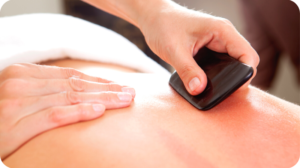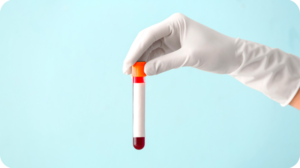Good mental health doesn’t have to be hard. You can reduce stress or anxiety, and defuse outbreaks of negative emotions and feelings easily and quickly with a few simple, “small step” strategies in your self-care toolbox. These are micropractices—easy, quick exercises that you can integrate into the course of any given day, as you need them. Even though they might not be grand, sweeping changes like a new meditation practice or an hour-long counseling session, they can still have a significant impact on reducing the long-term harm of negative mental states from stress, to anger, to depression.

Micropractices don’t require a lot of expertise or knowledge. They include exceedingly simple breathwork techniques that can be performed every day (such as right before bed) for ongoing benefit, as well as techniques for changing your mental perspective, outlook, or approach in specific trigger situations. These can all be effective in partitioning off negative emotions and states of mind, limiting their impact. Here are some common and highly effective micropractices.
- Box Breathing. This type of breathwork is used by first responders and military special forces to calm themselves and concentrate in extreme, high-stress situations. It can work just as well for defusing everyday stress and anxiety. Here’s the simple four-step process:
- Slowly exhale until your lungs are completely empty, then close your mouth.
- Slowly and deeply inhale through your nose for a controlled count of 4.
- Hold your breath for another count of 4.
- Exhale through your mouth for another count of 4. Repeat as many times as necessary.
- Sensory awareness. Engage all your senses and carefully take notice of what you’re smelling, tasting, touching, hearing, and seeing. Start with sight, then sound, then taste and so on. Maintain that hyper awareness for a minute or more if you can. This will slow you down, and help you savor and appreciate the world around you, and your place in it.
- Name it to Tame it. Developed by psychiatrist Dr. Dan Siegel, this is a way to control and defuse powerful negative emotions. If you have ever experienced road rage, you know how quickly strong emotions can escalate and overwhelm the reasoning centers of your brain. That often leads to regrettable actions and feelings. The goal with this practice is to separate the emotion from the physical and mental response, as if it were an object. Experts believe this may reduce the physiological damage of negative emotions by half or more. Here’s how it works:
- Emotion arises from a trigger. Your fight-or-flight response creates a series of physical reactions, including a release of hormones that change emotional and mental responses.
- Deliberately focus on the emotion itself, rather than the trigger—“I am getting really angry.” You can say it aloud, or think it to yourself.
- Calmly and analytically assess the emotion and your responses to it. Don’t try to ignore it, but hold it at a clinical distance, as if the emotion were separate from you and you were studying it.
- Respond in a thoughtful, rational, and productive way to the trigger—“It’s just a computer. I can take a break and come back. I’ll be more likely to solve the problem—rather than make things worse—when I’m calmer.”
There are several other micropractices, but these three are excellent starting points for managing stress, anxiety, anger, sadness, and other powerful and often destructive mental and emotional states.
Share some love if you like this post!






1 comment
Comments are closed.